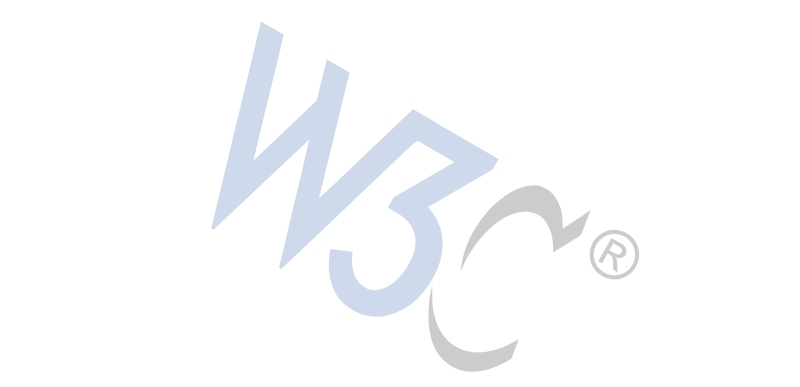











Tim BL,
<timbl@w3.org>
Hit the space bar or swipe left for next slide
# A simple group with two fields
ex:form a ui:Group;
ui:parts (ex:part1 ex:part2).
ex:part1 a ui:SingleLineTextField ;
ui:property vcard:fn;
ui:label "name" .
ex:part2 a ui:EmailField ;
ui:property vcard:hasEmail;
ui:label "email" .
Form fields are set up to write linked data into Solid pods.
Each one adds (typically) a new edge to the data graph at run time
So We give the predicate which will be used in the instance of the field.
# A simple form with one boolean field ex:form a ui:BooleanField ; ui:property ex:allDay .
| label | String | A label for the form field, prompt for the user. |
| property | rdf:Property | Data it is stored in the web as a triple with this property as its predicate. |
| default | [according to field type] Optional | The input control is set to this value by default. It is easiest for the user to enter this value. (This value is not automatically stored by the form system if the user does not select or enter it in some way. |
| suppressEmptyUneditable | Boolean | When the user is just reading the data, not editing it, the fields with blank data will be hidden. |
This form field allows users to select things from lists in public databases, things like Languages, Organizations, Occupations, and Skills
This is not covered in detail in this talk.
(There is a blog Building Solid Apps which use Public Data, about this which I could run though for those interested)
To put a form in your UI
const element = UI.widgets.appendForm(dom, null, {}, subject, form, doc, callback)
| dom | is the DOM HTMLDocument object, a/k/a document |
| null | used to be the is a DOM element to contain the form. If given, the form will be appended to it. This use is deprecated. |
| {} | are unused at present |
| subject | is the RDF thing about which data will be stored |
| form | is the RDF object in the store for the form |
| doc | is the RDF document on the web where the data will be stored. Often, subject.doc() |
| callback | is a function taking an error flag and a message (if the error flag is true). Called when the form field has been set to a new value. |
Here is a form for editing a form
Users and developers should be able to design and adapt their forms
The Form Form
Here we are editing the really small form we started with.
Here we edit the FormForm with itself.
export function formsFor (subject) {
const kb = store
log.debug('formsFor: subject=' + subject)
const t = kb.findTypeURIs(subject)
let t1
for (t1 in t) {
log.debug(' type: ' + t1)
}
const bottom = kb.bottomTypeURIs(t) // most specific
let candidates = []
for (const b in bottom) {
// Find the most specific
log.debug('candidatesFor: trying bottom type =' + b)
candidates = candidates.concat(
findClosest(kb, b, ns.ui('creationForm'))
)
candidates = candidates.concat(
findClosest(kb, b, ns.ui('annotationForm'))
)
}
return candidates
}
icon: UI.icons.iconBase + 'noun_122196.svg',
name: 'form',
audience: [ns.solid('PowerUser')],
// Does the subject deserve this pane?
label: function (subject) {
const n = UI.widgets.formsFor(subject).length
UI.log.debug('Form pane: forms for ' + subject + ': ' + n)
if (!n) return null
return '' + n + ' forms'
},
render: function (subject, context) {
...
}